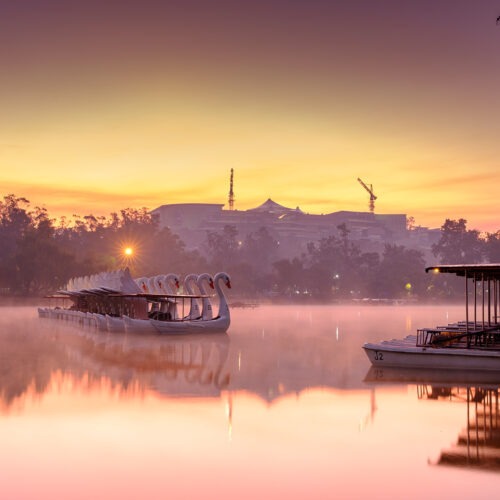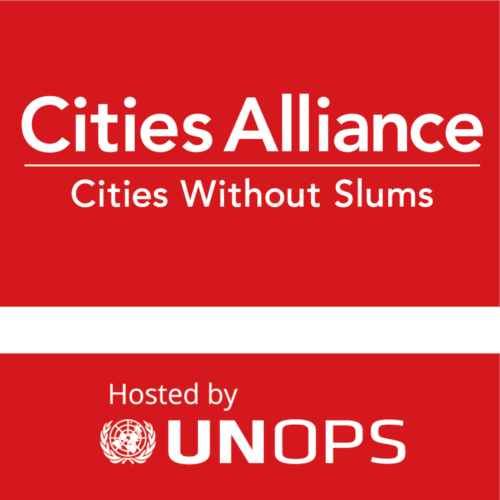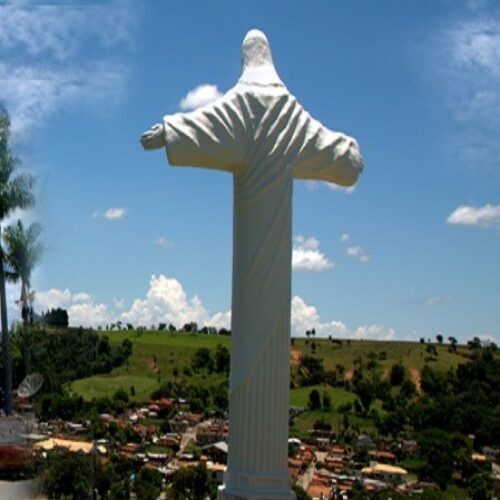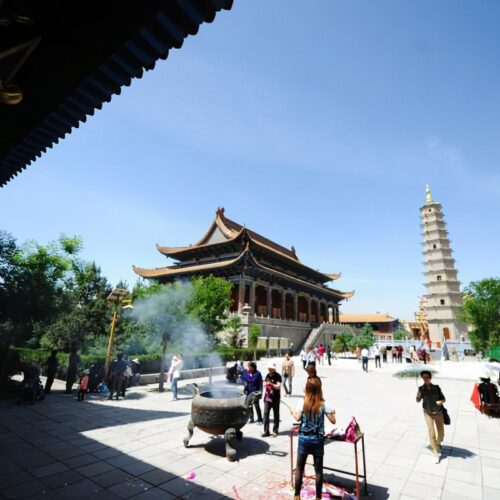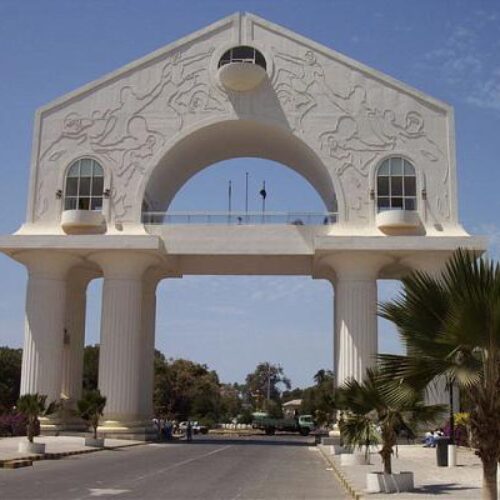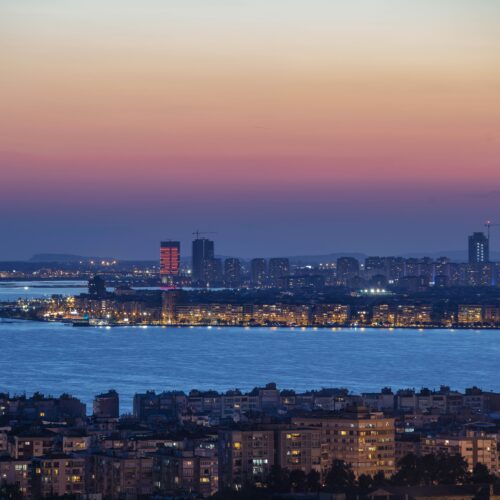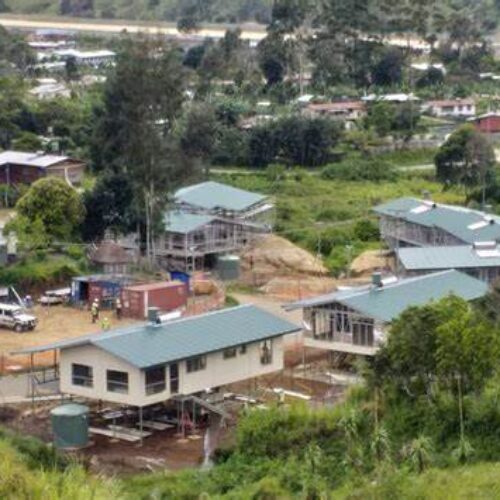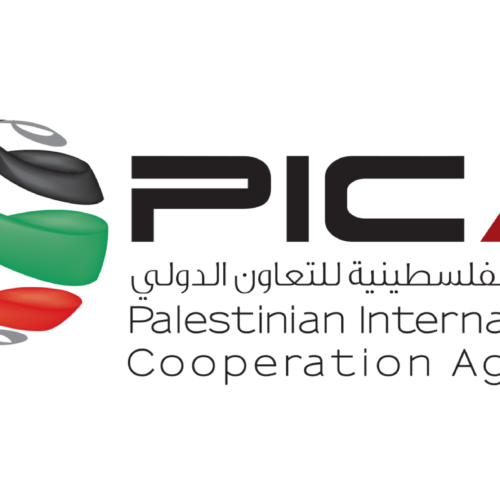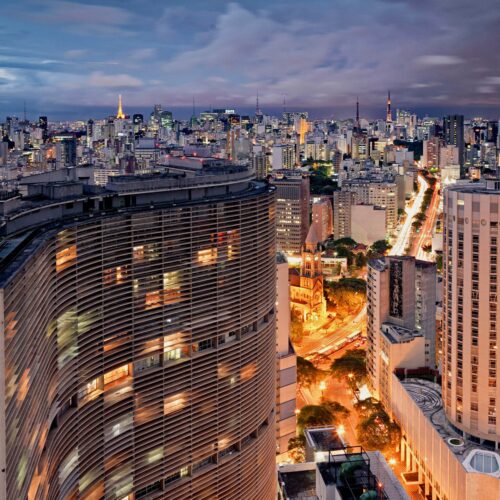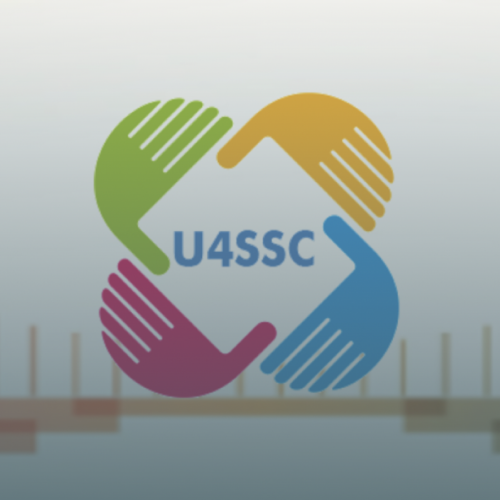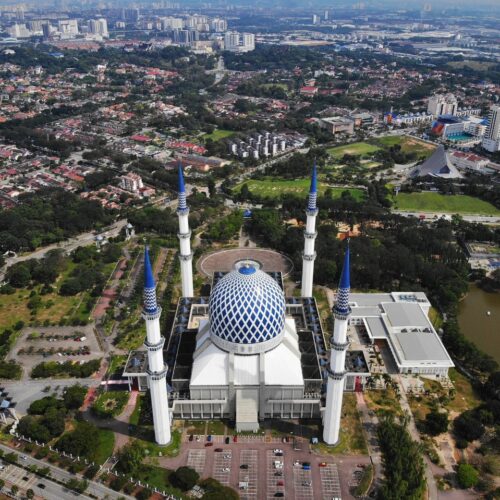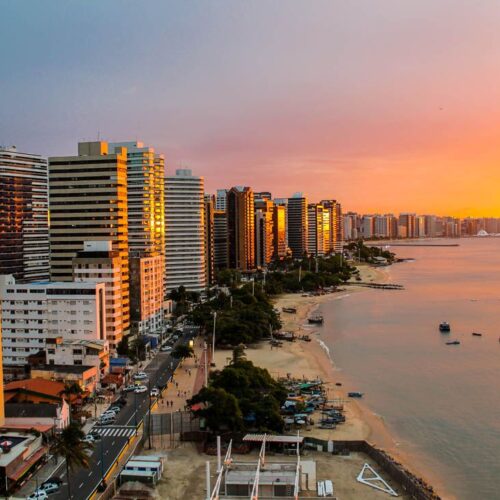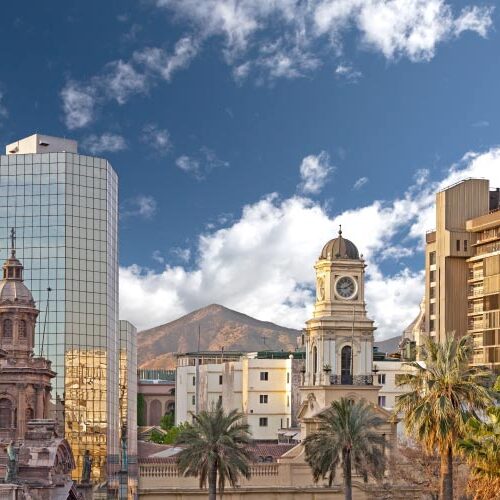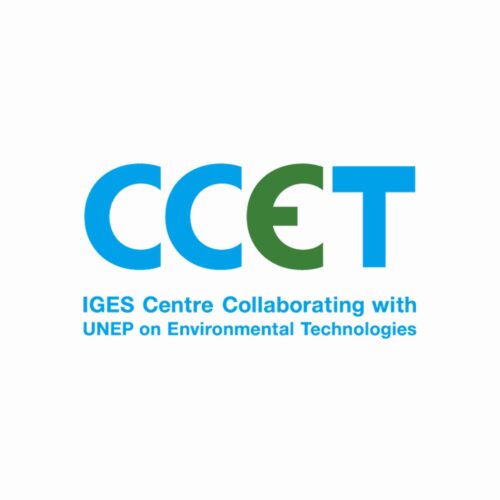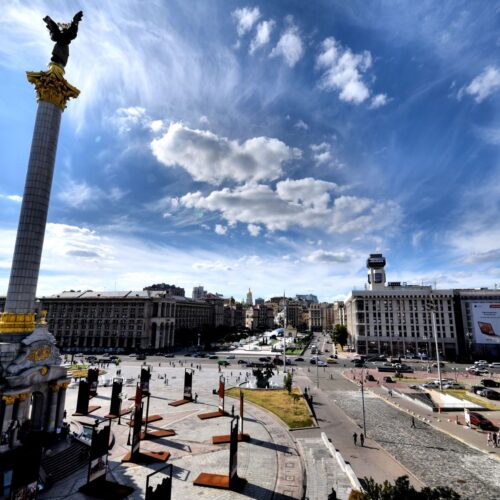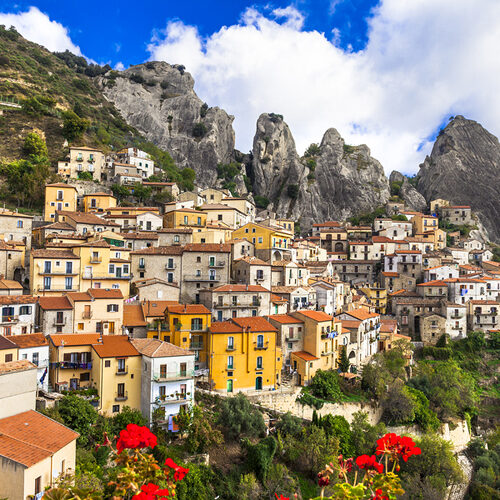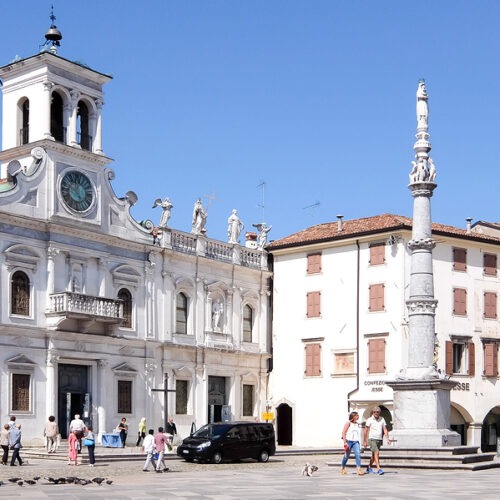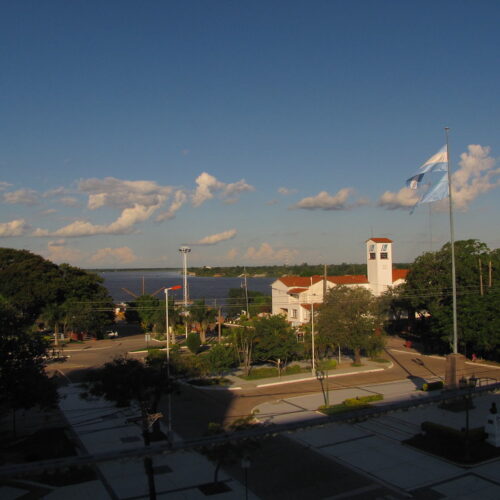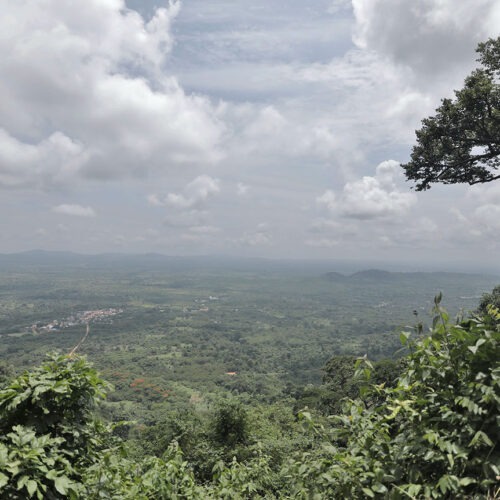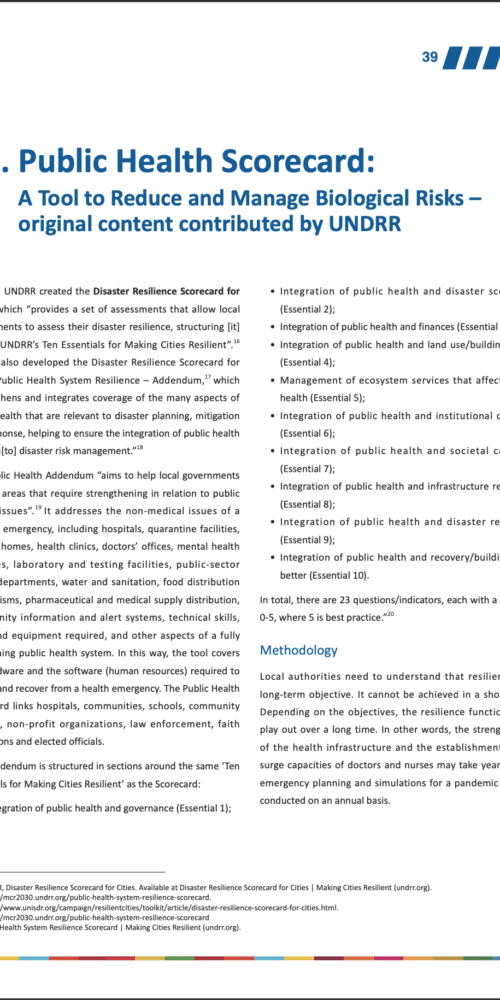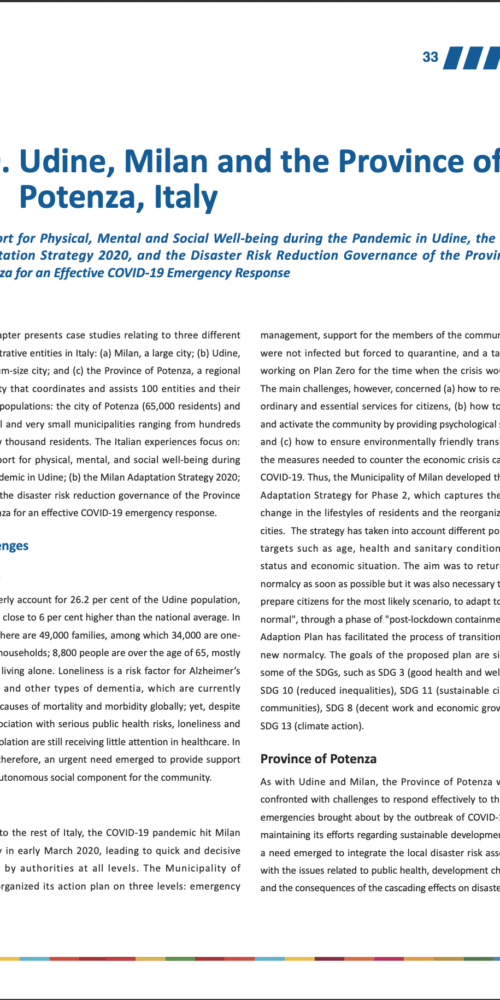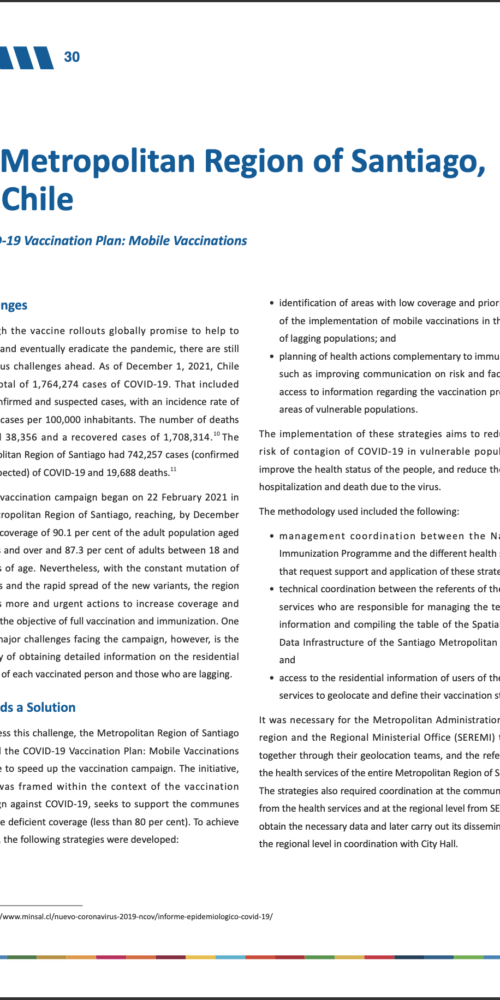Located on the west coast of Turkey by the Aegean Sea, Izmir belongs to the broader region of Southeast Europe, and is one of the major port cities in the Mediterranean. Izmir province stretches over an area of 12.000 km2 and comprises 30 districts, 11 of which are situated in the metropolitan area.
Historically, the port has been at the core of Izmir’s identity and the city has long been a hub of dense networks of maritime connections. Through these connections people, goods, ideas and thoughts have flowed into the city. The port has long facilitated cultural exchanges and served as a nexus where people from different parts of the Mediterranean and Asia met, mixed and inspired each other. Thanks to its favorable geographical location, climate, water resources and fertile lands, the 8500 year-old city has been the home of many civilizations and cultures. Homer, the author of the legendary Iliad and Odyssey, whose works have had an enormous effect on Western culture, was born and lived in İzmir. The city was one of the prominent cities of the Hellenistic period and the Roman Empire. In the modern era, during the 17th century, Izmir became an important port attracting notable overseas trade owing to the Silk Road. With its well-protected bay, Izmir was closer to the Italian ports than the city of Istanbul. Venetian, Dutch, English and French merchants settled in Izmir, opening export factories and consulates. Dutch, English, French, Venetian and Ottoman subjects socialized with each other. Calvinists, Catholics, Sephardic Jews, Muslim Turks, Orthodox Greeks and Armenians worshipped almost shoulder to shoulder.
Commercial relations developed thanks to the port and this further led to deeper cultural ties. In the course of the eighteenth century, Izmir became the leading Mediterranean port. The town’s cultural, religious and linguistic diversity, its openness, and its growing international trade constituted an open society. The city did not only connect Mediterranean ports, but also acted as a strong bridge between the Orient and the Western world. Izmir long served as the gateway to the Orient, to China, for the traders, entrepreneurs, scientists and artists of Europe, through the paths of the ancient Silk Road. Izmir blossomed during the late nineteenth century when free trade increased the significance of Mediterranean ports. Therefore, for a long time, Izmir was described as the capital of the Near East in western literature.
Alongside its cultural diversity, the city has impressively high biodiversity. Coupled with terrestrial biological diversity, İzmir embraces rich wetlands. 10% of the world's flamingo population lives in İzmir’s largest wetland, the Gediz Delta. Izmir’s rural communities preserve crucial ecological knowledge. Izmir is the heir to ancient indigenous production landscapes where local agricultural practices protect rare biological diversity. Rural Izmir shelters unique anthropogenic landscapes that reflect a singular harmony between culture and nature. This precious cultural knowledge protects and helps manage lands, water and other natural resources. Traditional practices, techniques and ways of living in harmony with nature are vital at a time when biodiversity and cultural diversity are globally threatened.
There are many ancient settlements within the boundaries of present day Izmir such as Smyrna, Klazomenai, Ephesus and Pergamon. Pergamon and its multi-layered cultural landscape (2014) and Ephesus (2015) are catalogued in the UNESCO World Heritage List. The Historic Port City of Izmir, Historic Town of Birgi; Foça, Çandarlı and Çeşme Castles are currently on the UNESCO World Heritage Tentative List.
Today, the city celebrates its unique culture, which stems from its heritages, cuisine and cosmopolitan lifestyle where the sea and the agriculture play an influential role. The rresidents of Izmir enjoy many festivals dedicated to arts, culture, ecology and gastronomy, numerous museums, art centers, and independent cultural activities. The crystal-clear Aegean Sea, accompanied by sun and golden sandy beaches are a major part of Izmir’s cultural life. The city is also known for its international fair and Kültürpark, which is a landmark dating back to the early years of the Republic of Turkey. Kültürpark is a vast green public space in the city center which has played an important role in connecting Turkey to the world, in the economic and cultural domains, since the 1930s.
Izmir’s cultural vision is to evolve into a city of arts, design and innovation, ensuring biodiversity, and eco-friendly production and distribution models. Another aspect of this vision involves developing trans-border relations and making Izmir a node in major city networks by promoting interactions and diversity. The municipality aims at making İzmir more prosperous, democratic, inclusive, just, equal, safe and sustainable with its cultural policies.
 The South-South Cities Cluster on COVID-19 Response and Recovery offers a space for knowledge sharing and collaboration among cities partners of the Global South on how to respond, mitigate and recover from the pandemic, and how to prevent and prepare for future crises and emergencies.
The South-South Cities Cluster on COVID-19 Response and Recovery offers a space for knowledge sharing and collaboration among cities partners of the Global South on how to respond, mitigate and recover from the pandemic, and how to prevent and prepare for future crises and emergencies. 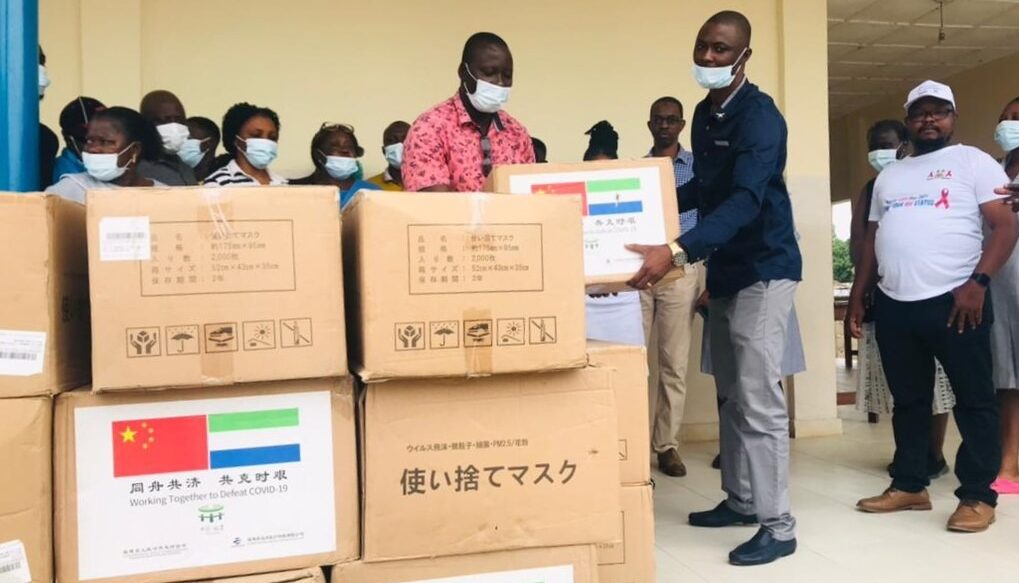 In this context, the Cities Project received an increased number of requests for support in COVID-19 response and recovery and access to public health services. In 2021, the Cities Project will continue prioritizing requests received in this area and work with specialized UN agencies in different regions on enhancing collaborations and developing capacities of cities and institutions in public health emergency preparedness and response as well as social-economic recovery.
In this context, the Cities Project received an increased number of requests for support in COVID-19 response and recovery and access to public health services. In 2021, the Cities Project will continue prioritizing requests received in this area and work with specialized UN agencies in different regions on enhancing collaborations and developing capacities of cities and institutions in public health emergency preparedness and response as well as social-economic recovery. 


